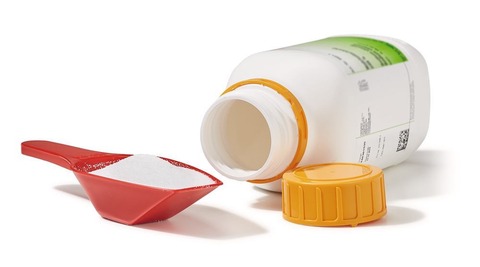
In the fascinating realm of laboratory research, the quest for knowledge often leads scientists to explore a wide array of chemical compounds and materials. Among these, inorganic metal salts hold a pivotal position. These compounds, composed of metal cations and non-metal anions, play an indispensable role in various scientific disciplines, from chemistry and biology to materials science and environmental studies. In this article, we will delve into the intriguing world of inorganic metal salts and their significance in laboratory research.
A Diverse Spectrum of Inorganic Metal Salts
Inorganic metal salts encompass a vast and diverse group of compounds, each distinguished by the type of metal cation and non-metal anion involved. This diversity is one of their most valuable attributes, as it allows scientists to tailor their experiments to suit specific research objectives. Some of the most common metal cations found in inorganic metal salts include sodium (Na+), potassium (K+), calcium (Ca2+), magnesium (Mg2+), iron (Fe3+), and copper (Cu2+), among many others. Similarly, non-metal anions like chloride (Cl-), sulfate (SO42-), nitrate (NO3-), and phosphate (PO43-) are frequently encountered.
Applications in Laboratory Research
Inorganic metal salts find applications in a wide range of laboratory experiments and studies. Here are some key areas where they play an essential role:
1. Chemical Reactions: Inorganic metal salts are indispensable in chemical synthesis, catalysis, and precipitation reactions. They often serve as reactants, catalysts, or precipitating agents, facilitating the formation of new compounds or the separation of substances.
2. Analytical Chemistry: In analytical chemistry, metal salts are employed in various techniques, such as flame photometry, atomic absorption spectroscopy, and ion chromatography, to detect and quantify the presence of specific metal ions in a sample.
3. Biological Research: Inorganic metal salts are crucial for cell culture and various biochemical assays. They are used as essential components in cell growth media, enzyme cofactors, and as trace elements for the growth of microorganisms.
4. Materials Science: In the field of materials science, metal salts are employed as precursors in the synthesis of nanomaterials, thin films, and nanoparticles. These materials have applications in electronics, optics, and advanced materials.
5. Environmental Studies: Researchers use metal salts to simulate and study environmental processes, such as water treatment, soil remediation, and the effects of metal pollution in ecosystems.
Safety and Handling
While inorganic metal salts are invaluable in laboratory research, it is essential to handle them with care. Many metal salts can be toxic or pose health hazards if mishandled. Proper safety precautions, including the use of personal protective equipment and adherence to safety protocols, are imperative when working with these compounds.
Sourcing Inorganic Metal Salts
Laboratories and research institutions rely on reputable laboratory supplies companies to provide high-quality inorganic metal salts. When sourcing these chemicals, it is vital to choose a supplier known for their commitment to quality, safety, and regulatory compliance. Certifications such as ISO and GMP can be indicative of a supplier's dedication to producing reliable products.
Conclusion
Inorganic metal salts are the unsung heroes of laboratory research, playing a vital role across a wide spectrum of scientific disciplines. Their versatility and diverse properties make them indispensable in chemical reactions, analytical techniques, biological research, materials science, and environmental studies. As researchers continue to push the boundaries of knowledge, inorganic metal salts will undoubtedly remain a fundamental component of the scientific toolkit, enabling discoveries and innovations that shape our understanding of the world around us.
To find out more about range of Inorganic metal salts available from Techmate, please go to https://techmate.co.uk/product-category/inorganic-metal-salts





